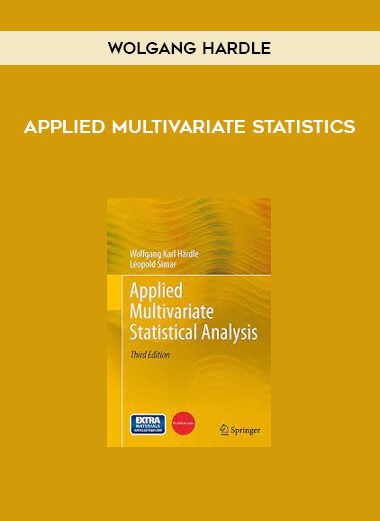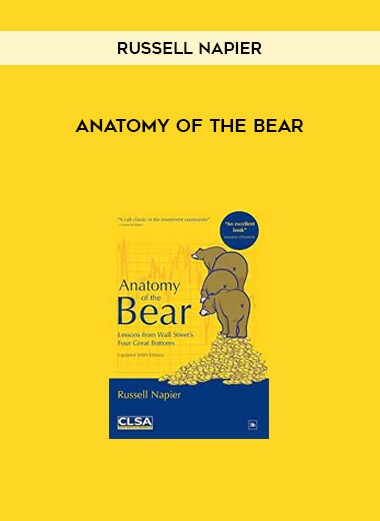Courses Infomation
Tracking and Kalman Filtering Made Easy by Eli Brookner
 Tracking & Kalman Filtering Made Easy by Eli Brookner
Tracking & Kalman Filtering Made Easy by Eli Brookner
Description
An original, simple manual for Kalman filtering and radar tracking
The Kalman, Swerling, and Bayes filters for linear and nonlinear ballistic and satellite tracking systems, as well as the voltage-processing methods (Givens, Householder, and Gram-Schmidt) for least-squares filtering to correct for computer round-off errors, are all covered in this book as the first truly accessible treatments of radar tracking. The book Tracking and Kalman Filtering Made Easy has a strong emphasis on the mathematically beautiful and straightforward physical and geometric properties of radar filters. Readers can easily construct tracking filters and evaluate them with only a pocket calculator thanks to a wealth of design equations, steps, and curves!
The article includes issues and solutions, graphics and images, and startlingly straightforward derivations for various filters. It deals with issues including tracking with chirp waveforms, matched filtering, data association, clutter returns, redundant target detections, inconsistent data, and more. The book also discusses practical methods like the clutter rejection method for moving target detectors (MTD). The voltage-processing method to least-squares filtering and the relationship between techniques like discrete orthogonal Legendre polynomial (DOLP) and voltage processing are all explained in plain and basic language. The massively parallel systolic array sidelobe canceler processor * The mathematical similarity of tracking and estimating issues on the one hand, and sidelobe canceling and adaptive array processing on the other * difficulties with significant computational correctness
* Dr. Peter Swerling’s Kalman and Swerling filter comparison is included as an appendix.
Kalman and tracking For engineers, physicists, and mathematicians following filter design, Filtering Made Easy is a priceless resource. It’s a great textbook for first-year graduate courses and senior undergraduate courses because of its easy style.
Summary of Contents
Basics in TRACKING, Prediction, and Smoothing.
g-h-k and g filters.
the Kalman filter
Radar tracking issues in practice.
VOLTAGE PROCESSING, ADAPTIVE ARRAY PROCESSING, AND EXTENDED KALMAN FILTER. LESS-SQUARES FILTERING.
Estimates for linear time-invariant systems using the least-squares and minimum-variance methods.
a polynomial filter with fixed memory.
Polynomial filters with growing or expanding memory.
Filter with Fading-Memory (Discounted Least-Squares).
Linear Time-Invariant System General Form.
Growing-Memory General Recursive Minimum-Variance Filter (Bayes and Kalman Filters without Target Process Noise).
Revisiting Voltage Least Squares Algorithms
Orthonormal Transformation by Givens.
Orthonormal transformation of a household.
Orthonormal Transformation via Gram-Schmidt.
More information about voltage processing techniques.
System with linear time variations.
Model and Nonlinear Observation Scheme (Extended Kalman Filter).
For nonlinear systems, use the Bayes algorithm with iterative differential correction.
Reconsidering the Kalman Filter
Appendix.
Problems.
Symbols and abbreviations.
Solution to a Few Issues.
References.
Index.
Details about the Author
In Sudbury, Massachusetts, ELI BROOKNER, DSc, works for Raytheon Company as a Consulting Scientist. He has developed and/or designed many radar systems over the course of a long and illustrious career, including Wake Measurement Radar and the first TWT radar launched into space. He is the editor and primary author of three earlier works, including Radar Technology, Aspects of Modern Radar, and Practical Phased Array Antenna Systems. He is a well-known presenter and instructor around the world.
Salepage : Tracking and Kalman Filtering Made Easy by Eli Brookner































Reviews
There are no reviews yet.